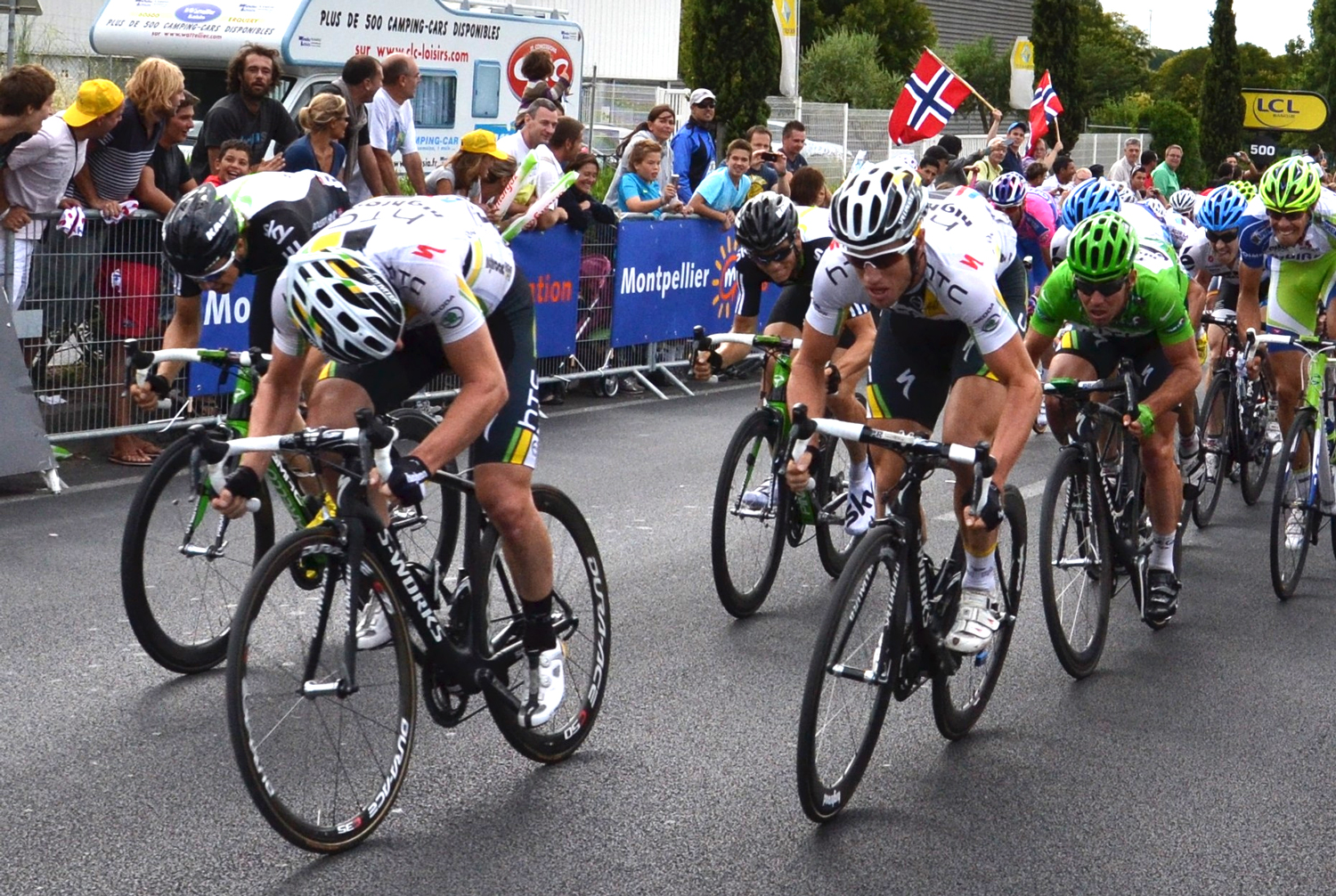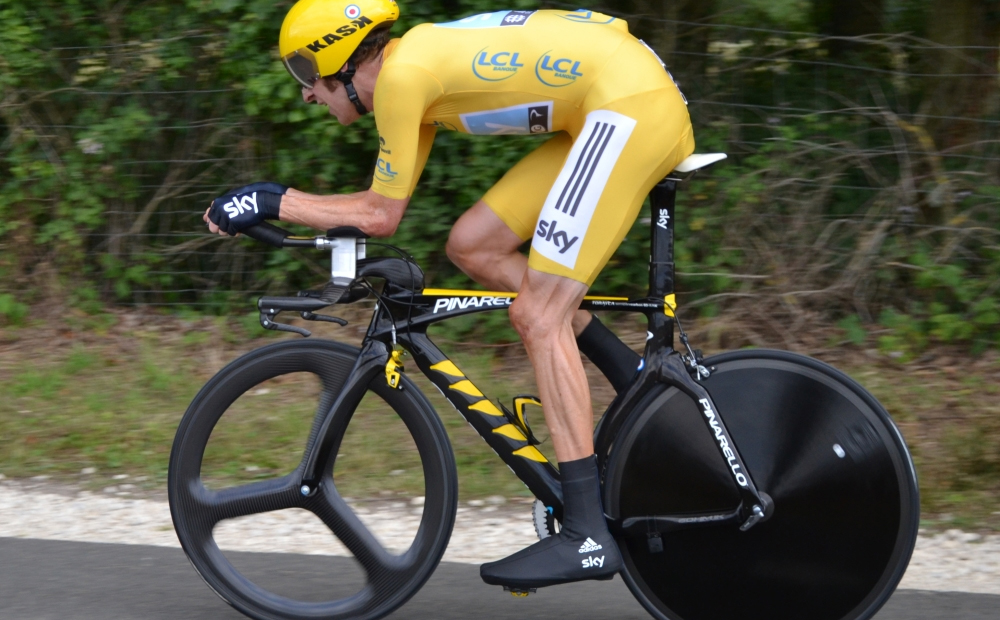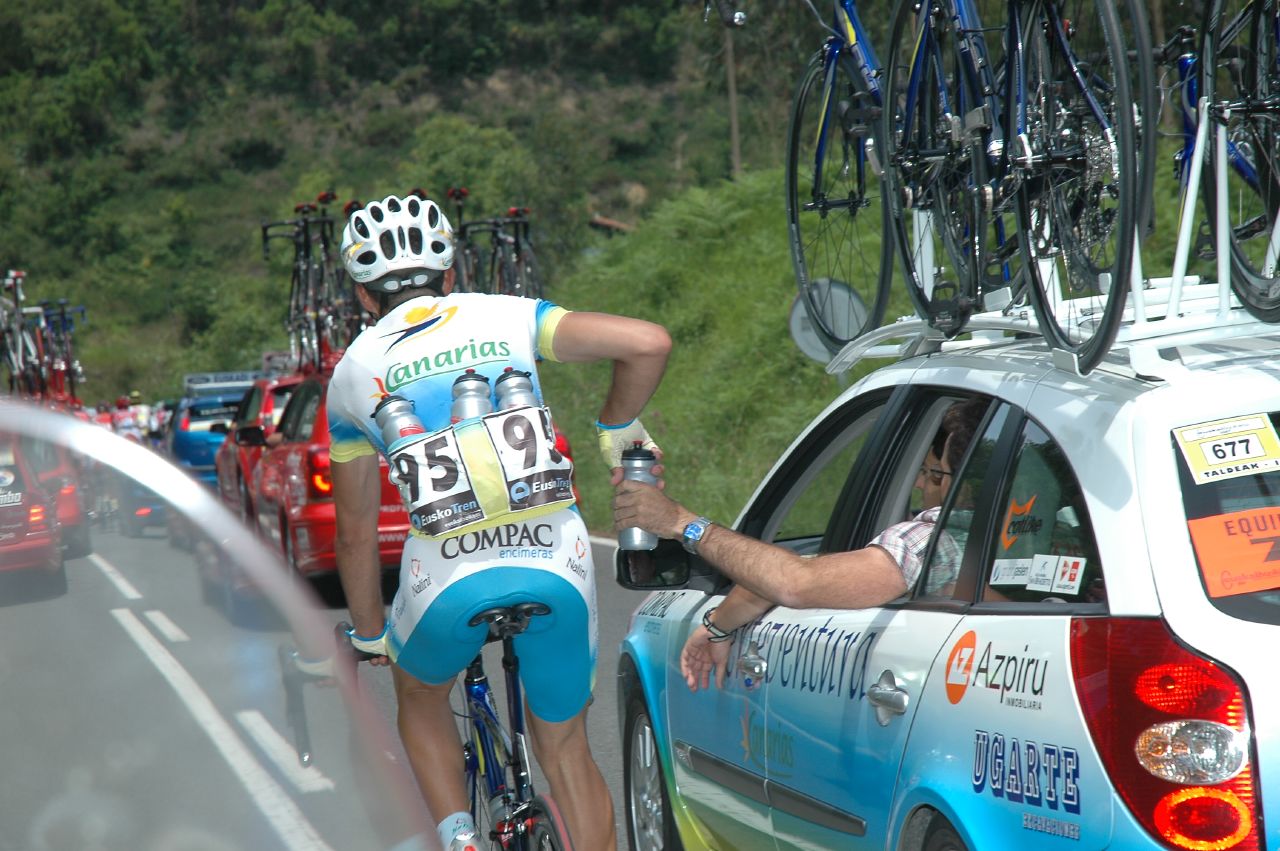It’s that time of year again. We’re a full 11 stages into one of the longest, most difficult, and certainly well known bicycle races in the world, the Tour de France. For many, this may be the only time of year there is an opportunity to watch professional cycling. Unless you attend live, or go out of your way to subscribe to certain cable stations or online streaming services, the Tour may be the only bike race you see all year. Even casual or non-cyclists seem to get into the spirit of racing this time of year. If you’re not an avid cycling fan, you may need a little guidance to understand the nuances of the race.

Stage Winners vs. the Overall Winner
The Tour de France is a stage race, meaning it takes place over the course of several days with a start and finish each day. Each day’s route is called a stage. The Tour is 21 stages over the course of 23 days, so the riders get only 2 rest days over the 3 week period. In addition to the overall winner, each stage has a winner as well. Winning even one stage in the Tour de France is extremely prestigious, and is something riders often aspire to do their entire career. The overall winner of the Tour is the rider with the lowest combined time over all the stages. Although rare, it is possible to win the Tour de France without winning a single stage.
Cycling is a Team Sport
With one person on the bike, and one person standing on the podium at the end of the day, many people don’t realize that cycling is a team sport. Teams generally have one overall contender that they believe has the best chance of winning the Tour. For the most part, the rest of the team is doing everything they can to put that rider in the best position to win. It’s simple physics that you use less energy while riding in the slipstream of another rider. If an overall contender drops off the back of the peloton (the main group of riders) from a crash or mechanical problem, his teammates will wait and lead him back to the group. The teams of the overall contenders are often seen at the front of the peloton, pushing the pace. This is often a strategy to keep their contender safe. At the back is a lot of bumping and fighting for position, and if a crash occurs in the peloton, you want to be in front of it, not behind.
The Specialties of Racers
Not all teams enter the Tour de France expecting to have a rider as the overall winner. Some teams are built to win stages. Cyclists are specialists, and almost all have skills and physical traits that make them good at certain styles of racing.
Climbers excel on steep mountains. They’ve developed those muscles needed for long climbs, and generally have a slim, lightweight physique. The Tour will most certainly pass through both the Pyrenees and the Alps. Many of these stages finish on the top of mountain peaks, and this is where the climbers shine.
Sprinters are capable of rapid accelerations and putting out an immense amount of power over a fairly short period of time. You will see sprint finishes on relatively flat stages, as mountainous ones tend to break up the group and leave the sprinters toward the back. During a sprint finish, it is the job of a sprinter’s team to provide a “lead out”. In other words, keep him at the front of the group until the last few hundred meters where he can finally give 100% to the finish.
Time trial specialists are capable of maintaining a high speed over a very long distance. They usually work well on their own, without the help of a team. The Tour will have a few time trial stages where the riders start individually and ride the course alone to get their time. A good time trialist can gain a lot of time in the overall standings on a day like this. Time trial specialists are also quite capable of winning a stage on a breakaway. Early in the race, a rider or a group of riders may choose to break away from the peloton and see if they can win the race on their own. They are often caught since they don’t have their teams there to share the work load (but at least they got some TV time for their sponsors). They are on occasion able to stay away from the group the entire stage and win. Excellent time trial skills are a must in this scenario.
The Domestique is a lesser known and less glamorous role on the team. These are the riders that work exclusively for the benefit of the team. They are responsible for protecting their team leader, often doing the hard work at the front with little chance of victory for themselves. They also bring up food and water from the team car, assist their leader back to the peloton after a crash or mechanical, and set the pace for leadouts. If a team car is not nearby when a team leader has a mechanical, it’s not uncommon for a domestique to hand their bike over to allow their leader to continue without losing time. While “domestique” translates to “servant” in French, it is not a job to be taken lightly. No rider has ever won a grand tour without a great team around him, and a victory for an individual is considered a victory for the team.
The Jerseys
At the end of each stage, in addition to acknowledging the stage winner, four special jerseys are awarded. They are handed off from rider to rider depending who is leading the following competitions:
 1. Maillot jaune – the Yellow Jersey. This is the most important and prestigious jersey awarded in the Tour de France, as it goes to the overall leader of the race. The rider with the lowest combined time on all the stages to that point in the race wears yellow. The rider presented with the yellow jersey after the final stage of the Tour is the overall winner.
1. Maillot jaune – the Yellow Jersey. This is the most important and prestigious jersey awarded in the Tour de France, as it goes to the overall leader of the race. The rider with the lowest combined time on all the stages to that point in the race wears yellow. The rider presented with the yellow jersey after the final stage of the Tour is the overall winner.
2. Maillot à pois rouges – the Polka Dot Jersey. Also known as the King of the Mountains Jersey. Throughout a mountain stage there will be several climbs. The first riders to the top of each climb receive points. The number of points and number of riders eligible for points is determined by the difficulty of the climb. A category 4 climb (the easiest) gives just 1 point to the first rider over the top, while a category 1 provides 10 to the first rider and points to the next 5 riders. If the finish to a stage is on a mountain top, the available points are doubled.
3.Maillot vert – the Green Jersey. Also known as the Sprinters Jersey, the green is awarded to the leader of the points classification. Points are awarded for finishing a stage in a high position, and for winning intermediate sprints. Riders can earn points by being the first to cross various “checkpoints” throughout a stage. These intermediate sprints can add excitement to a long flat stage.
4. Maillot blanc – the White Jersey. The white jersey is awarded to the best young rider. The rider under 25 with the best overall time is given this jersey. If the fastest rider under 25 also wins another jersey, they will wear the more prestigious award, and the white jersey will go to the second fastest under 25.
The Route
This year’s Tour de France has a total distance of 2,276 miles. Single stages can be up to 150 miles long. The route does vary from year to year, but there are particularly famous mountains and climbs that are almost always included. In 1954, a tradition of starting the Tour outside of France began with the first stage departing from Amsterdam. This year, it started with 3 stages in the UK before heading to France. It is not uncommon for the race to also pass through parts of Belgium or Italy on the way through the mountains.
The final stage of the Tour de France always ends in Paris on the Avenue des Champs-Élysées. The overall winner is generally decided before this stage, and it would be considered bad racing etiquette to attack the overall leader on this stage. The team of the overall leader will enjoy a glass of champagne during the ride into Paris, but as the peloton approaches the finish, the racing intensifies. As a sprinter, winning the final stage on the Champs-Élysées is a great honor, so there is still an intense finish as the riders pass the Arc de Triomphe.
Enjoy watching the second half of the 2014 Tour de France. Perhaps it will make you a fan of cycling, and you’ll soon be racing yourself. Have any questions? Feel free to post them in the comment section and we can give you the answers!






How many cyclist attend the Tour every year? Does the number of cyclists change every year? How many people are in a team? I love your blog post by the way. You described the whole thing in an easy way, so people with no knowledge shouldn’t have any trouble following you. Learned something new today. Thanks for that 🙂
Hey Mia,
Thanks for the kind words. The Tour de France starts with 22 teams with 9 riders on each team; a total of 198. I’m not sure all of them have ever finished a Tour, as some riders invariably drop out due to injury or exhaustion. This year, one of the best sprinters in the world, Mark Cavendish crashed on stage 1 and broke his collarbone. Last year’s defending champion, Chris Froome crashed 3 times over stages 4 and 5, fractured his wrist and was forced to quit. Another race favorite, Alberto Contador crashed on stage 10, broke his tibia, and has also quit. Those are just 3 of perhaps 10 or 12 riders that have already abandoned. It’s been a crazy Tour so far!
In the Tour de France, most teams do not have the talent to be competitive. I rarely hear the names of these teams. Why do they enter the tour?
love the positivity here and Ur post is great never knew something bout tour de France, now I know
thank u
No comment, just a question. Who are the people who stand on stage with the various winners, are they models or sponsors, just curious.
I have the UK edition of the Tour Guide. What does VC refer to in the schedule for each days racing?
Do these cyclists ride year round with their teams to establish the connections required to race as such a competitive racing unit?
Thank you for this blog. I have in the past watched several stages mainly for the beautiful countryside and villages. Now I am learning about this race I am hooked and now will have a much better understanding of these great young athletes
VIVA Bini !!!!! We all (Eritreans and of course Africans everywhere) are proud of you. Keep up the great job you are doing. Asmara is waiting for your safe arrival home. GO Bini GO!!!!!!
Thankyou I at last understand the race . I watch all of it . These young men are so strong .
Thank you for all of this helpful information! I am new to this and your guide was very helpful. I’ve thoroughly enjoyed watching the race so far. respect!